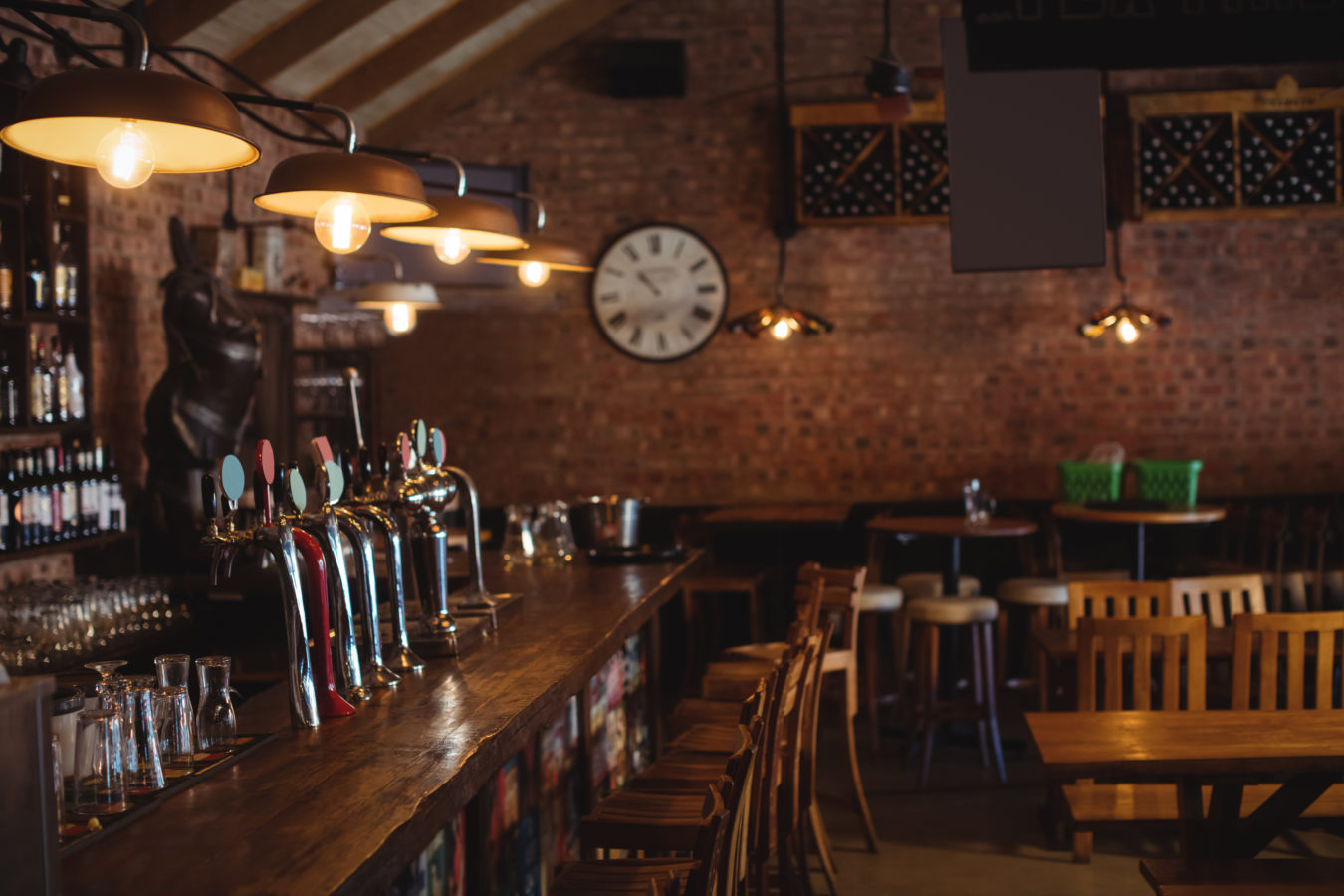


One of my experiences came loaded with red flags. From damaged upholstery to broken equipment to bouncing paychecks, if there was ever a business that was failing, that one was it. It was a lesson well learned in knowing when something is working and when something isn’t. Going through that process and listening to others share their experiences, it only makes sense to share these red flags with you, so you can prevent your own business from failing and be more aware of how your bar is actually doing. I asked Dave Bertelo, a business-savvy longtime general manager and bar owner, for some insight of his own about what creates bar failure. Between the two of us, we came up with five red flags to look for…
This one can be a tough one. Restaurants and bar run a tight profit margin as it is. From Dave, “Restaurant/bar failure is often hard to see coming. The difference between profitable and being in the red is often the difference of $0.05 for every dollar the place takes in. Bars run on such slim margins that a bad winter or a fire can be devastating enough to close the doors.”
Keeping track of finances is a pain, a necessary pain. Every penny spent matters. Not having an organized record of expenditures and sales is a red flag. If you aren’t going to keep track of your finances, your bar will sink. End of story. This involves a record of paychecks, checks to distributors, sales, inventory and more.
Too many owners and managers have this idea that money is only cold cash or money in the bank—they forget the cost of their liquid inventory. Booze is money. A bar not keeping track of its finances in all forms is a bar losing money.
I’ve overheard people talking about how easy it is to open a bar and make quick money. Unless you have some kind of magical power, that’s seldom the case.
I like what Dave had to say on the subject: “The biggest cause of early bar failure is undercapitalization. Bars that didn’t do their homework on what their costs would be can be hemorrhaging money. Even if they did do their costs right, an owner needs to imagine a minimum of their first six months as if no customer walks in. If you do everything right, staff just right, can you keep buying food, paying that staff, paying rent and utilities for months without a single customer coming in for half a year?”
As we said in the above red flag, financial issues are a problem, and if you aren’t setting yourself up for success before you even open, you won’t last long. Really get to know the costs involved in your business.
“Some people don’t acknowledge [their mistakes] and hang on to something that is wrong.”
Is the quality of your bar going downhill? The upholstery is in need of repair. The walls need a new coat of paint. Only one stove is working. The quality of toilet paper, napkins, and food deliveries have gone down. One or two things being changed isn’t necessarily something to be worried about, but broken equipment and the product being cheapened while the prices remain the same should give cause for alarm. One way to deal with this issue is to get creative instead of get cheap.
I’ll let Dave finish this one out: “Cutting quality—this usually says it all. There is a difference between lowering cost of your products and buying cheap. When it come to food, as opposed to just buying the cheapest ‘X’ available, try a new dish that better utilizes a cheaper cut of meat, is more vegetable heavy, or better utilizes products you already use. On the beverage side, stuff like canned juices and cheap liquor are noticeable, as is lowering the amount of alcohol. Again that doesn’t mean the price of a bottle is everything. There are $15 whiskeys that people enjoy more than $100 bottles. And just like the food I have had success in how we have used those cheaper items, such as a wine that wasn’t great as a glass pour, made a sangria that was like printing money.”
Dave and I have talked about this one multiple times. Location matters. Who works and lives around your bar matters. Do you have a lot of 9-5 businesses around? You’re going to want to capitalize on the lunch market and happy hour. Don’t be serving dishes that take 15-20 minutes to cook dominate your lunch menu. Time is money and if people don’t have time for your product, you’re out of money. As businesses focus more on employee happiness, many a company plans outings for their employees. Know the clientele and what they want.
Per Dave: “They can correct this with a change, sometimes just pricing or hours of operation. Other times it takes a whole new concept. It can be that your physical layout is killing you. This is when you are really only selling booze, but 50% of your physical location is dedicated to a high end kitchen because you thought you would be a fine food spot. Some people don’t acknowledge this and hang on to something that is wrong.”
If you aren’t willing to learn and adapt to change, so long and good bye.
Dave put it simply, “Ultimately, there is one thing that is a sign of impending failure, is a guarantee of failure, apathy. An owner who doesn’t care creates a space where staff don’t care, and those will make guests not care… then you’re closed.”
Running a business is stressful, but it should give you happiness too. If you aren’t willing to eat, sleep, breathe your business and give it good life, your business will not last. Nobody starts their job not caring about where they are and what they do, that comes from the top down not doing their job and being apathetic. If you notice things are starting to not be done or call outs increase and staff leaves, someone somewhere in the business is bringing things down.
Fix the problem before the toxic apathy really sets in or you’ll get a reputation as a place no one wants to work. Nothing kills a business like no one wanting to work there, and then the skeleton crew left gets overworked and customer service falters. The power of social media is real and people use it to let others know about their experiences in all areas. Take care of your bar and your people. Don’t let this be the reason you failed.
Got stories of your own bar or restaurant closing? Lessons learned from a failure? Tell us in the comments below.
Schedule 15mins to chat with a product specialist
Start a FREE Trial Today! BevSpot offers full product education and account setup for all customers! No card Information needed!
